Wondering what is the best time to visit France? France’s mild climate and calendar packed full of seasonal events adds to its year-round appeal, but the best time to visit will depend on whether you’re after a city, coastal or alpine holiday.
And keep in mind that, while France enjoys a temperate climate, its diverse landscape of valleys, mountains and coastlines, mean that you will experience seasons differently depending on which region you are visiting.
France is divided into four distinct climatic areas. The oceanic climate of western France brings high rainfall throughout the year and fairly mild temperatures year-round. In central and eastern France, a continental climate harbours chilly winters and hot summers. Further south, Provence, Cote d’Azur and Corsica bask in year-round sunshine with any notable rainfall in spring and autumn. France’s mountain climate brings heavy rainfall year-round and snow between November and May.
The good news is that France has a lot to offer no matter when you travel. Keep reading to find out everything you need to know – from travel seasons and event calendars to month-by-month climates and rainfall – to plan the perfect holiday to France.
Table of Contents
- France Travel Seasons
- High season (Mid-June through August)
- Shoulder Season (April through mid-June and September through October)
- Low Season (November through March, excluding the Christmas period)
- Best Time to Visit France: Month-By-Month Guide
- January
- February
- March
- April
- May
- June
- July
- August
- September
- October
- November
- December
France Travel Seasons
High season (Mid-June through August)
Warm, lingering days and a calendar of exciting summer events, including outdoor cinemas, concerts and exhibitions, draw visitors to France during the peak summer months. The majority of the country enjoys temperatures of 18°C to 20°C during the summer.
However, sun-seekers should head south to the French Riviera where scorching hot summers, and highs of around 30°C, are the norm. But, keep in mind that as the temperatures rise, so do hotel rates and airfares.
Shoulder Season (April through mid-June and September through October)
Milder temperatures, fewer tourists and lower travel rates makes spring and autumn appealing seasons to visit France. As you’d expect, Paris has a much shorter shoulder season that typically runs from February through March and mid-October through mid-November. Spring usually consists of a mixture of gorgeous sunny days and grey, rainy days, so be sure to pack both an umbrella and sun cream.
Low Season (November through March, excluding the Christmas period)
With the tourist season well and truly over, the locals reclaim their country and France can be seen in a more authentic light. But, travellers should be ready to brave the cold and wet weather that winter brings. Average winter temperatures vary from region to region; the Mediterranean beaches in the south experience highs of 13°C, while winters are much colder in the eastern regions of Alsace-Lorraine and the mountainous regions of the Alps and the Pyrenees.
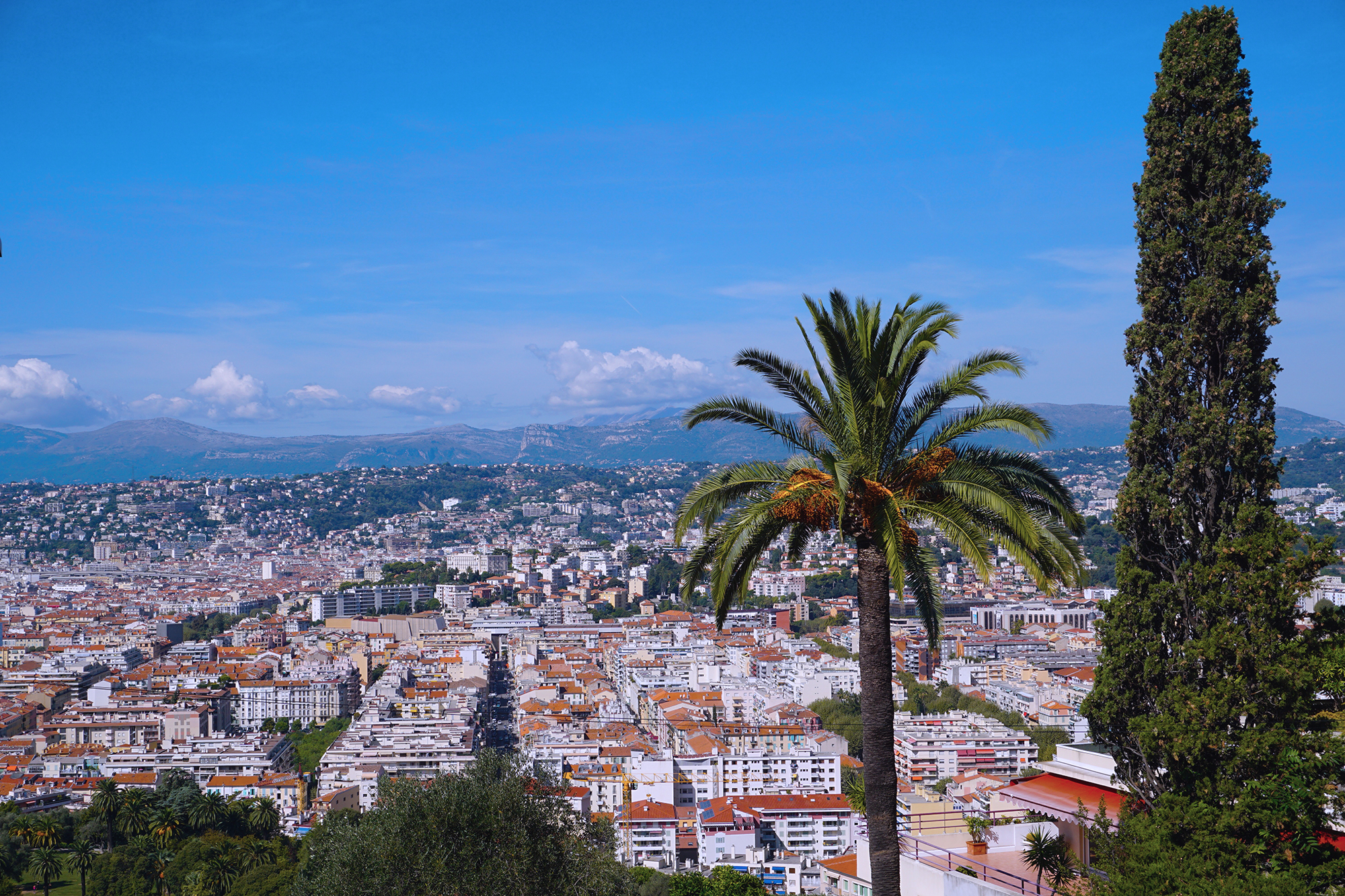
Best Time to Visit France: Month-By-Month Guide
January
If keeping travel costs low, while bagging designer gear at bargain prices, are your top priorities, then consider travelling to France in January when Paris’ “Les Soldes” (annual sales) are in full swing.
For a more outdoorsy vibe, trade the shops for the slopes. The French Alps boasts the most extensive lift and piste network in the world, offering something for skiers of all levels. If you don’t fancy strapping on your ski boots, the French Alps still have plenty to offer. Snowshoeing, ice climbing and snowmobiling offer a thrilling alternative, while the region’s many spa resorts provide the perfect place to relax and enjoy some pampering.
For slightly warmer climes, travel south to the laid-back French island of Corsica – best known for its warm Mediterranean climate, dramatic mountain peaks and stunning coastlines. Its rugged landscape offers a degree of wildness rarely found in the Meditteranean, making it a great place for walking and wildlife holidays. While many of the high altitude walking trails, like the GR20, are impassable during the winter months, the coastal areas are accessible year-round. On a good winter’s day, you can ski in the morning and take a stroll on the beach in the afternoon.
Average Temperatures: 4°C
Average Rainfall: 14 days
February
Like many cities in the northern hemisphere, winter in Paris is harsh. However, if you find comfort in hearty meals, cosy cafes, winter wines and cheese, Paris is your perfect winter getaway.
February is also the perfect month to get a culture fix while staying nice and warm indoors. And with fewer tourists to compete with, you can take the time to explore the city’s museums, monuments and galleries. Don’t miss the wild and wonderful parades and performances of the world-famous Paris Carnival, which kicks off early February and runs through early March.
Far from the grey skies of the north, Nice enjoys a burst of colour in February as flower parades, float processions and firework displays decorate the city for the annual Nice Carnival – one of the oldest in the world and the biggest winter event on the French Riviera. While you’re in the area, don’t miss the Menton Lemon Festival which attracts around 250,000 visitors every year with its citrus themed floats, confetti, dancers and folk performances.
Average Temperatures: 5°C
Average Rainfall: 13 days

March
March marks the beginning of spring in France, and while you won’t experience the country in full bloom like you would in April and May, you can expect milder temperatures. Keep in mind that since March is a transitional month, it brings ever-changing and unpredictable weather, so you should plan for all eventualities.
For all the fair weather riders, early spring is often considered one of the best times to hit the slopes. As the days get longer, resorts extend lift opening times and you can enjoy long leisurely lunches in the sunshine. High altitude resorts, including Val Thorens, La Plagne and Val d’Isère, are the best options to enjoy guaranteed snow.
The French capital’s event scene springs to life in March, with festivals, fashion shows and art exhibitions all marked in the calendar. Paris Book Fair, Sarlat Fest’Oie and Paris Fashion Week are just a few of the events, visitors to Paris can look forward to.
Average temperature: 8°C
Average rainfall: 14 days
April
Come April, France’s parks, gardens and terraces start to fill with sun-seeking locals eager to enjoy the milder temperatures. The weather is still chilly in most regions of the country, with temperatures ranging from 10°C to 16°C in the north and 13°C to 17°C in Paris and the south, that frequently give way to chilly and damp weather.
France is great in any season, but spring shows its best colours. If you’re looking for a peaceful spring retreat or an Insta-worthy photo, you’re guaranteed to find it at one of France’s many parks or gardens. Monet’s Garden in Giverny is especially gorgeous during April and May when the ponds are filled with water lilies and the Japanese bridge is covered in wisteria. Closer to Paris, the gardens at Versailles Palace are most spectacular during spring when the historic fountains come alive to the sound of baroque music in a charming Les Grandes Eaux Musicales show.
From the colourful kites of Pas-de-Calais to the sounds of Bourges spring music festival, there’s lots to see in France during April. Runners come from all over the world to partake in the Paris Marathon which covers all of the city’s big-name monuments. From April through October, the spotlight is on the city of Chartres as it hosts its annual Fête des Lumières (festival of light). And where better for an Easter break than a country that is home to some of the best pâtisseries and chocolatiers in the world.
Average temperature: 10°C
Average rainfall: 14 days
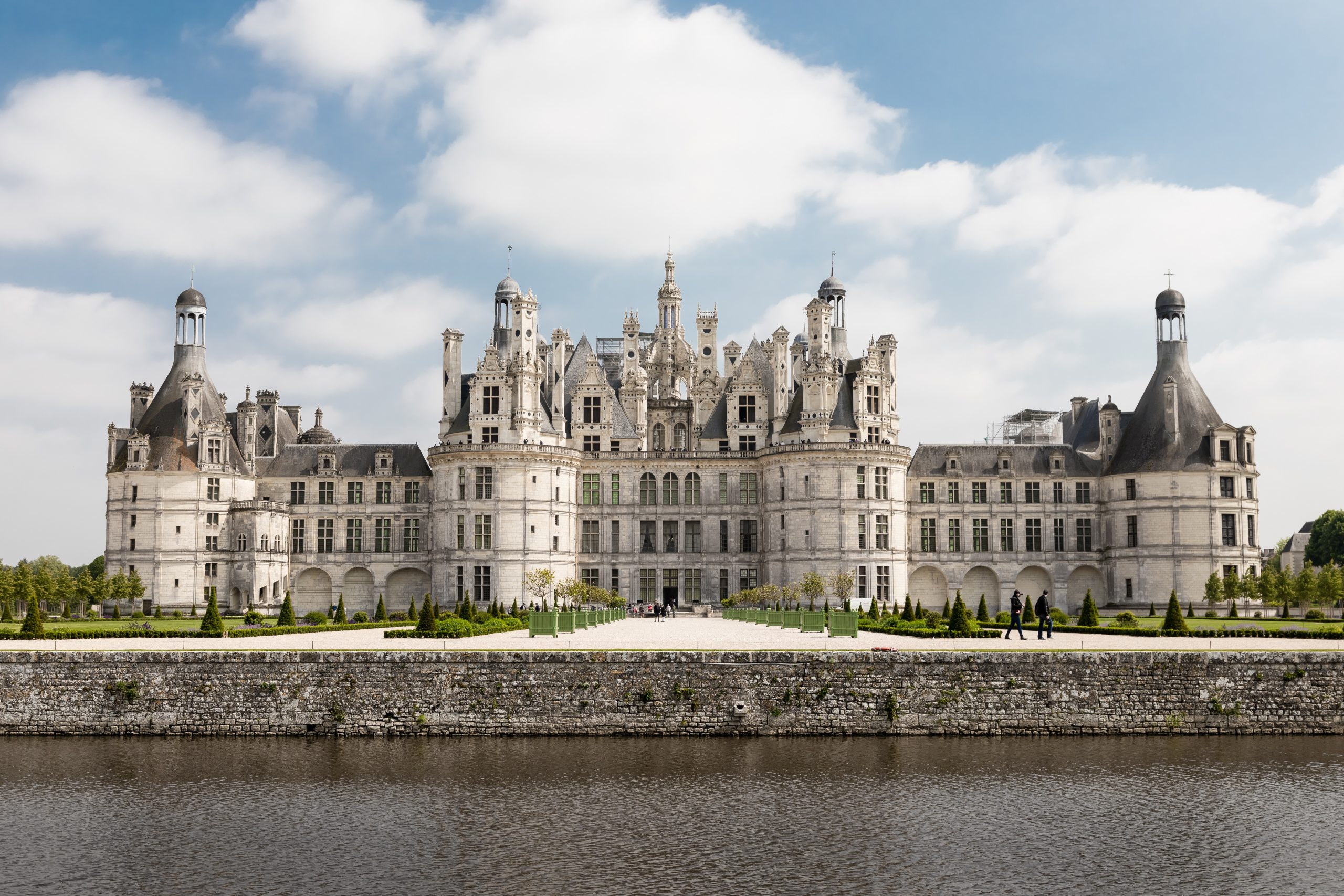
May
May is considered the best month to visit France when warm days draw locals outdoors to enjoy the terraces, parks and vineyards. Longer days are ideal for meandering walks along the banks of the Seine river or passing a quiet moment in one of the country’s many green spaces.
From late March to early April, thousands of trees across France burst into pink blossom. Prime viewing spots include the Parc de Sceaux (30 minutes south of the capital), Paris’ Jardin des Plantes and the small square in front of Notre-Dame Paris. They’re popular amongst the locals, so arrive early to avoid crowds.
And with sunny days and mild temperatures, visitors can comfortably enjoy the myriad of May festivals, concerts and sporting events that spring brings, including the Saint-Germain Jazz Festival, Cannes Film Festival and the French Open tennis tournament.
Average temperature: 14°C
Average rainfall: 12 days
June
With no school holidays in the diary and glorious June sunshine across the country, visitors can add a little joie de vivre to their summer.
While quieter than July and August, June is one of the busiest times to visit Paris, and for good reason. All the city’s major museums and monuments are back open for business and the longer days provide ample opportunity to explore the city’s parks and riverbanks.
June also marks the start of the popular Paris Jazz Festival and several other festivals across the country including La Fête de la Musique (street musical festival), Rhone Alpes Hot Air Balloon Festival and Rouen Armada in Normandy. In fact, the northwestern region of Normandy has a summer calendar packed full of events including the annual D-Day Festival, Honfleur Carnival and Cabourg Film Festival.
If you can’t make those dates, Normandy still has plenty to offer visitors. Whatever your interests are, the region’s winning combination of cultural heritage, medieval treasures and gastronomic delights, will tick all the boxes. And while few of Normandy’s beaches can match those of Brittany for beauty, Normandy’s coastline – stretching from Mont Saint-Michel Bay to the cliffs of Étretat – offers something for beach bums, history buffs and fun-seeking families.
Average temperature: 17°C
Average rainfall: 11 days
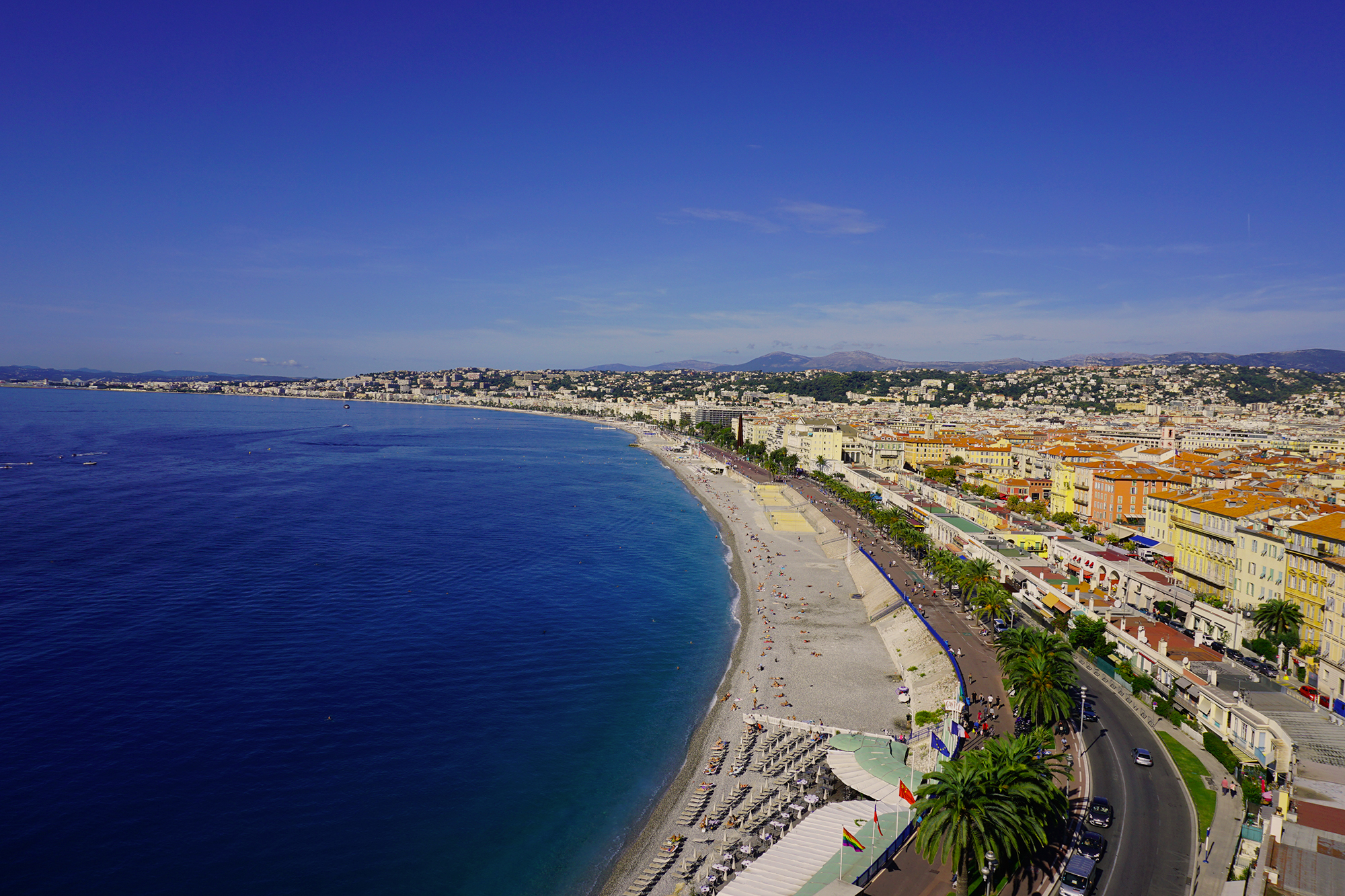
July
If you can picture yourself dining al fresco, under a large sun umbrella, sipping a glass of wine and sharing a delicious cheese board, a summer spent in France is just the ticket.
Long, hot days, plenty of outdoor activities, colourful markets filled with fresh produce and sun-kissed beaches, make July one of the best months of the year to visit France. But, there’s a trade-off: more crowds and higher hotel rates. Yet, with a little preparation and a few nifty packing essentials, you can set yourself up for the best summer holiday yet.
Outside of Paris, there are lots of wonderful places to visit. The French Alps is famous for its world-class ski resorts during the winter, but come the summer months, towns like Chamonix and Megève showcase their summertime appeal with luxurious lodges and warm-weather activities including hiking and biking, and for the more adventurous, white water rafting and open lake swimming.
If that sounds like too much activity, retreat to the south coast where you can laze around on the beaches of St. Tropez or camp under the stars in Sausset-les-Pins. For a more affordable option, stay in Nice, Lyon or Marseille, all of which have access to the same beautiful coastline. Further north, the Brittany coastline, with its pink rock formations, wonderful beaches and medieval towns, is a great alternative for travellers seeking both beach and exploration.
Average temperature: 19°C
Average rainfall: 11 days
August
It’s pretty well-known that, in much of France, cities are partially shut down in July and August, when local urbanites retreat to the beaches, mountains and countryside.
In Paris, indoor culture is replaced by outdoor explorations including night markets, open-air film festivals and pop-up beaches. That’s right, every year from mid-July through August, the banks of the Seine are transformed into a huge, artificial beach, complete with palm trees, pools, deck chairs and a programme of exciting events. Though there’s plenty on offer, in many ways, Paris in the summertime offers the least authentic view of the city.
If you’re looking for the real thing, make a beeline for the beaches in the south of France. The French Riviera (aka the Côte d’Azur) is synonymous with summertime sunshine, impossibly blue seas and glamorous beach parties. St. Tropez, Cannes and Nice – the top three destinations on the French Riviera – are all dreamy summertime destinations. But the Côte d’Azur isn’t the only place to cool off during the warmer months. The wonderful Dordogne region lures travellers with its lazy rivers, romantic vineyards and grand chateau. Drift through the beautiful landscapes on a canoe boat, enjoy a lazy picnic by the river or unwind on the terrace of a cafe with a glass of local wine in hand. Parfait! It’s no wonder so many of us choose to visit France in the summer.
Average temperature: 19°C
Average rainfall: 10 days
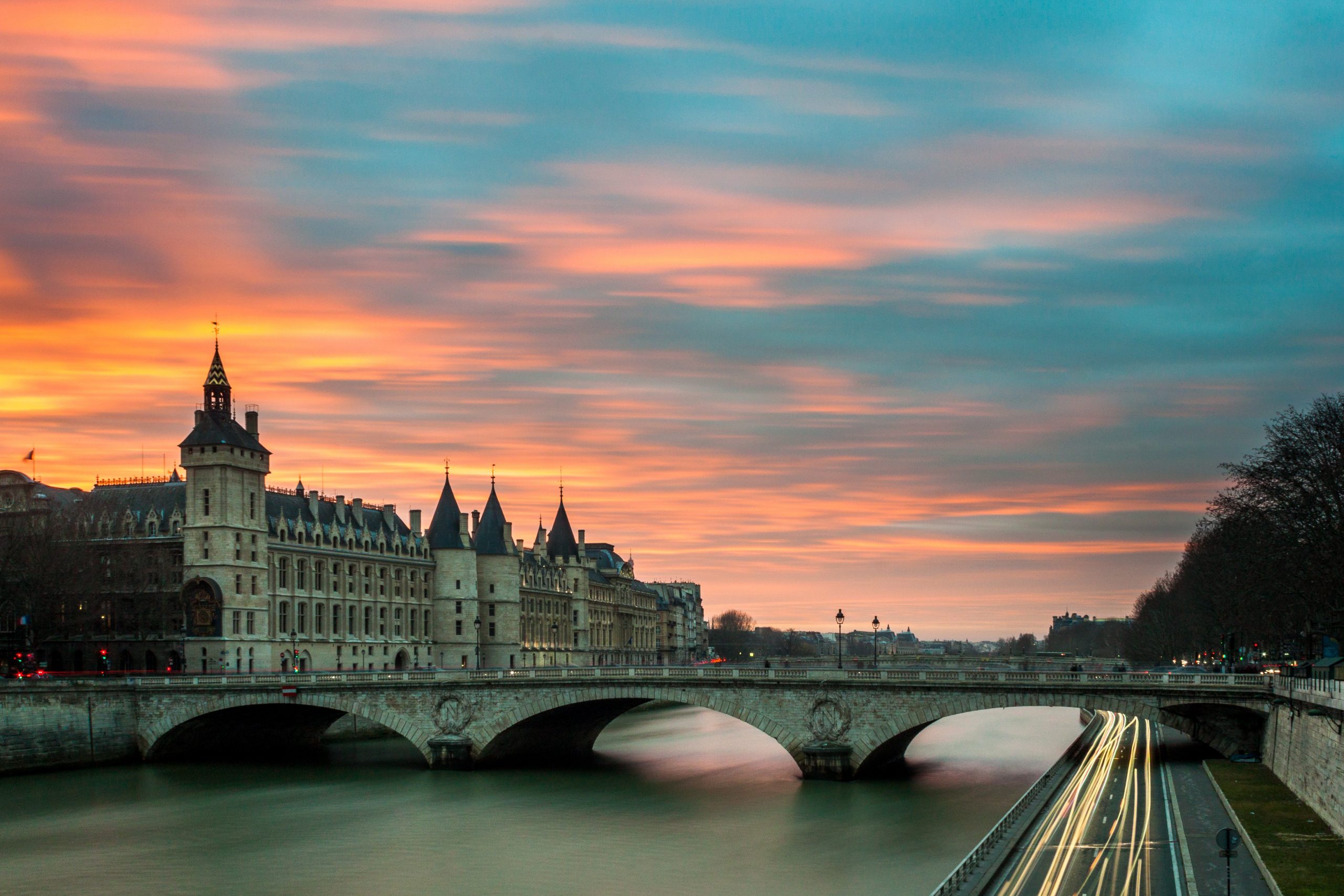
September
As temperatures dip, the crowds diminish and France is tinged with beautiful autumn colours.
And with harvests in full swing, the country comes alive with food markets, festivals and feasting celebrations.
There’s never a bad time to visit a French vineyard, but one of the best is during the “les Vendanges” (grape harvest) when travellers can enjoy a heady mix of tradition, heritage and, of course, great wine. The Festivini food and wine festival in the Loire heralds the start of the grape harvest with a 10-day celebration that includes vineyard picnics, wine-tasting, workshops and river cruises. Once a well-kept secret, the Bordeaux Marathon du Médoc, now attracts 8,500 runners who cross the countryside, stopping at more than 20 vineyards along the way. The most picturesque of Bordeaux’s medieval villages, Saint-Emilion, is famed for its fabulous wines and its prestigious autumn festival.
In Paris, the glorious sunshine means that terrace season is still in full swing throughout most of September, while the pleasantly mild temperatures are ideal for exploring the city’s parks, plazas and neighbourhoods on foot.
Average temperature: 16°C
Average rainfall: 11 days
October
For those who are not restricted to holidaying in the summer months, autumn is a great time to visit France. The cooler temperatures and the gentle breeze of autumn bring new opportunities for hiking, biking and kayaking.
And if you thought the end of summer meant saying goodbye to festival season, you were mistaken. October’s event card is packed full, offering something for every type of traveller. For one weekend only, the pretty Normandy town of Honfleur hosts its annual seafood festival, while further south Lyon gears up for the Festival Lumiere – a huge celebration of classic cinema.
Paris is one of the world’s most walkable cities and autumn is the best time to prove it. Sure, you’ll need to throw on a rain jacket, but the season’s golden leaves and crisp days are perfect for brisk walks and cosying up in a café. And with fewer tourists, you’ll experience shorter waiting times at the city’s most sought-after attractions, including the Eiffel Tower, the Arc of Triumph and the Champs Élysées.
Average temperature: 12°C
Average rainfall: 13 days

November
In November, many hotels, airlines and attractions offer tempting discounts in what is considered a quiet window ahead of the Christmas rush. And while the days are drawing in, you can still enjoy a huge calendar of events all over the country. Noteworthy happenings include Armistice Day celebrations which take place on the 11th November beneath the Arc de Triomphe in the heart of Paris.
Held on the third Thursday of November, Beaujolais Nouveau Day is one of the most important days in France’s cultural calendar, where the uncorking of the Beaujolais Nouveau is marked by parties, fireworks and other festivities.
And what a November holiday lacks in sunshine, it makes up for in gastronomical treats. The cooler temperatures provide the perfect excuse to warm up in a cosy bistro and enjoy a hearty meal of beef bourguignon and apple tarte tatin. And true gastronomes know that Lyon, not Paris, is where it’s at when it comes to food in France. Fine wines, 14 Michelin starred restaurants and the world-renowned Paul Bocuse have earned Lyon its reputation as France’s culinary capital.
Average temperature: 7°C
Average rainfall: 15 days
December
In France in December, temperatures can dip into the negatives, especially in the mountains. But don’t get hung up on the numbers. As France waves goodbye to lazy autumn days, it welcomes a winter wonderland of twinkling cities, ice-rinks and festive markets. And of course, the ski season officially starts.
Paris is an obvious choice for a December getaway. For the weeks leading up to Christmas, the capital is garlanded with fairy lights and festive markets pop up on every corner of the city. If the chill gets too much, warm up with a famously indulgent “chocolat chaud” at Angelina’s.
If you’ve already ticked Paris off your bucket list, head to Lyon and it’s annual Light Festival, where over 40 installations showcase the city in a festive, artful light. Or raise a glass in the famous Champagne city of Épernay, where firework displays, street parades and performers decorate the city for the annual “Les Habits de Lumières” – a celebration of the gastronomic heritage of the region.
Average temperature: 5°C
Average rainfall: 15 days




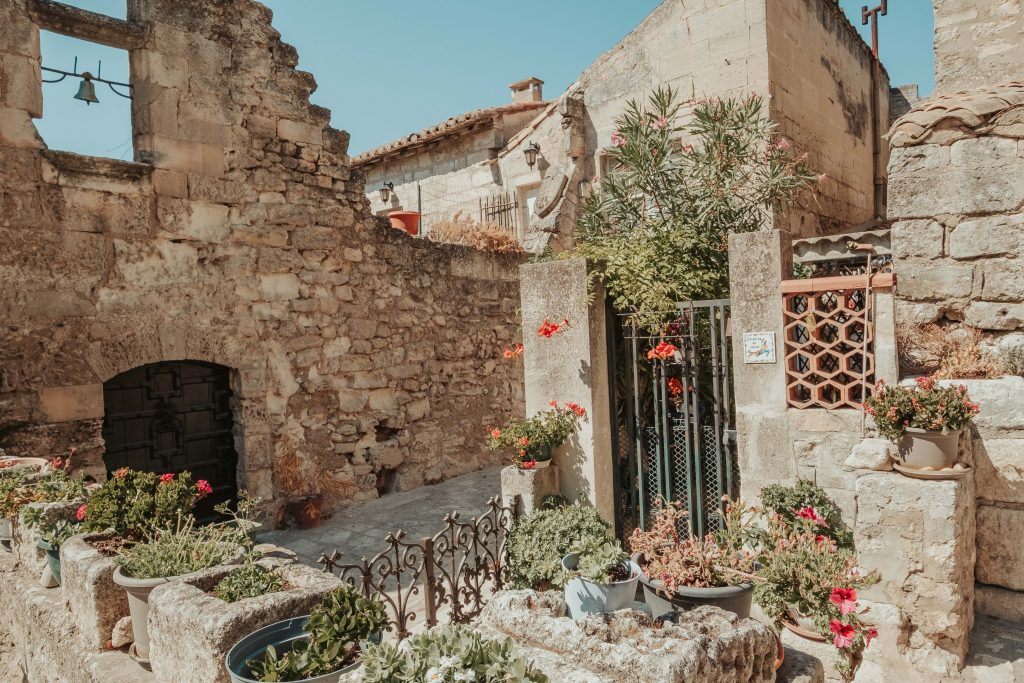
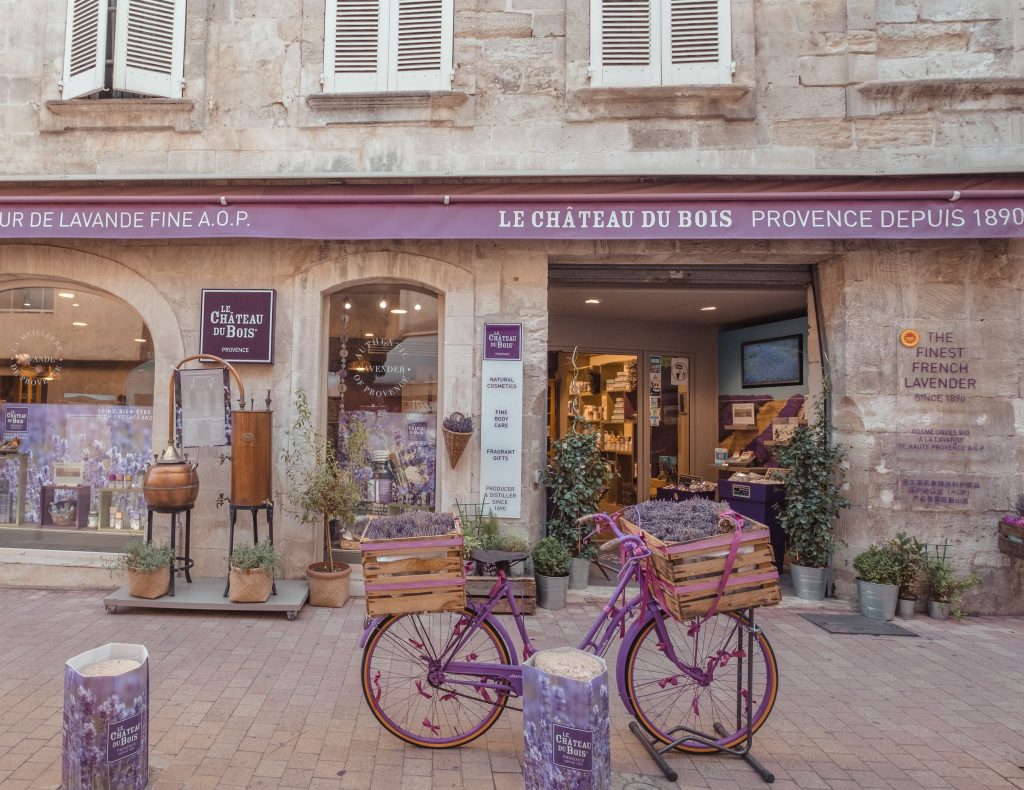



Leave a Reply